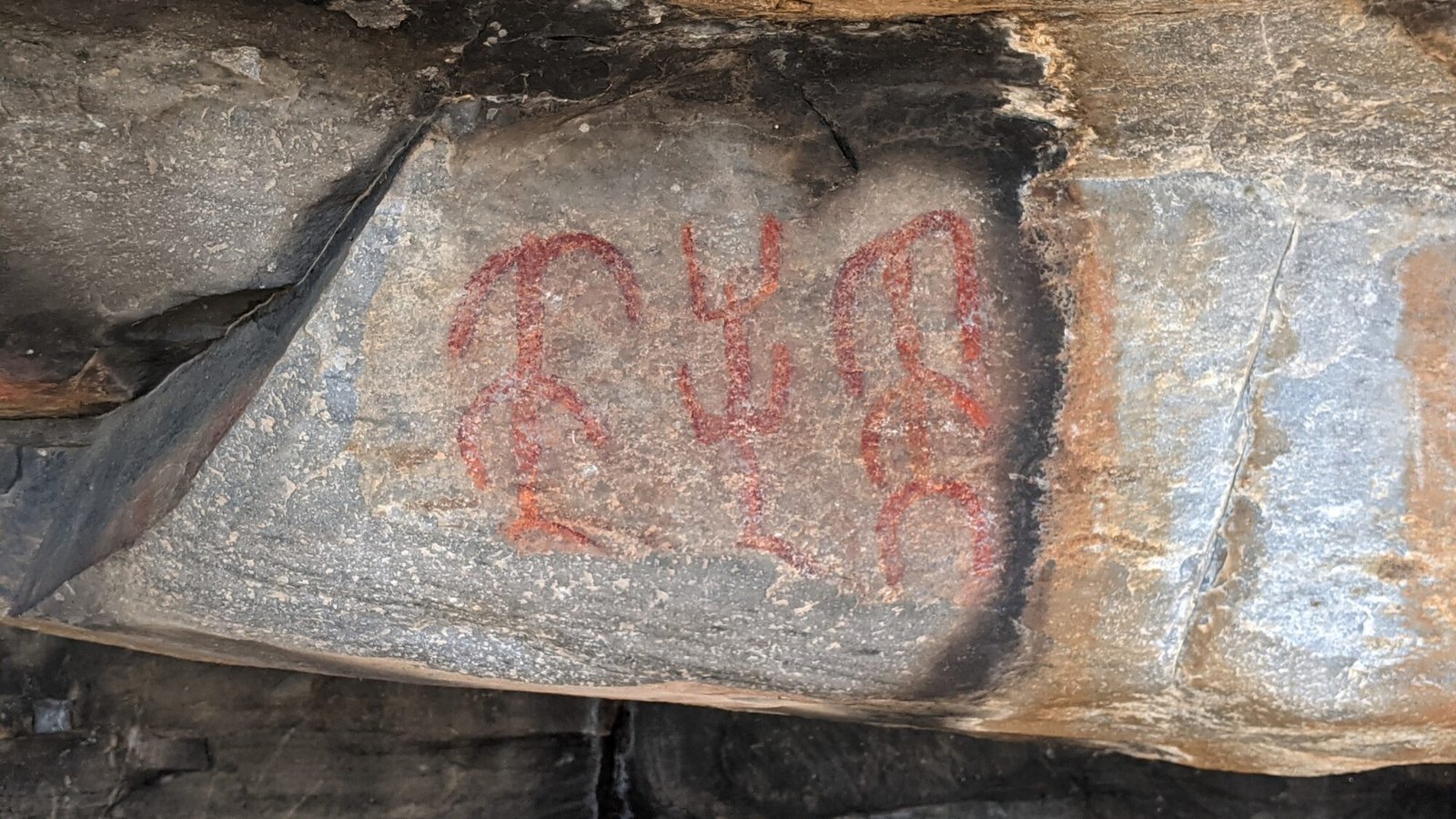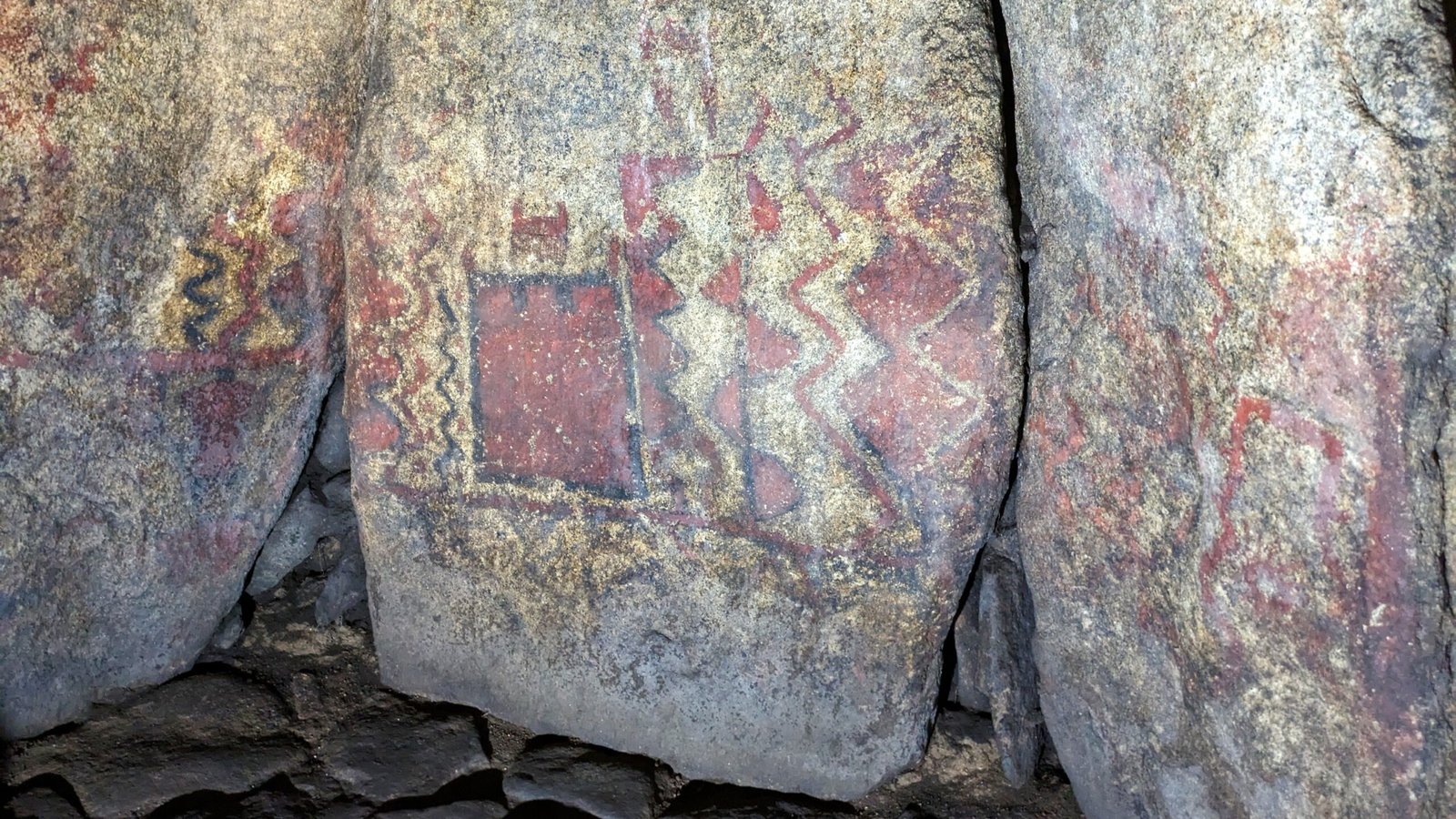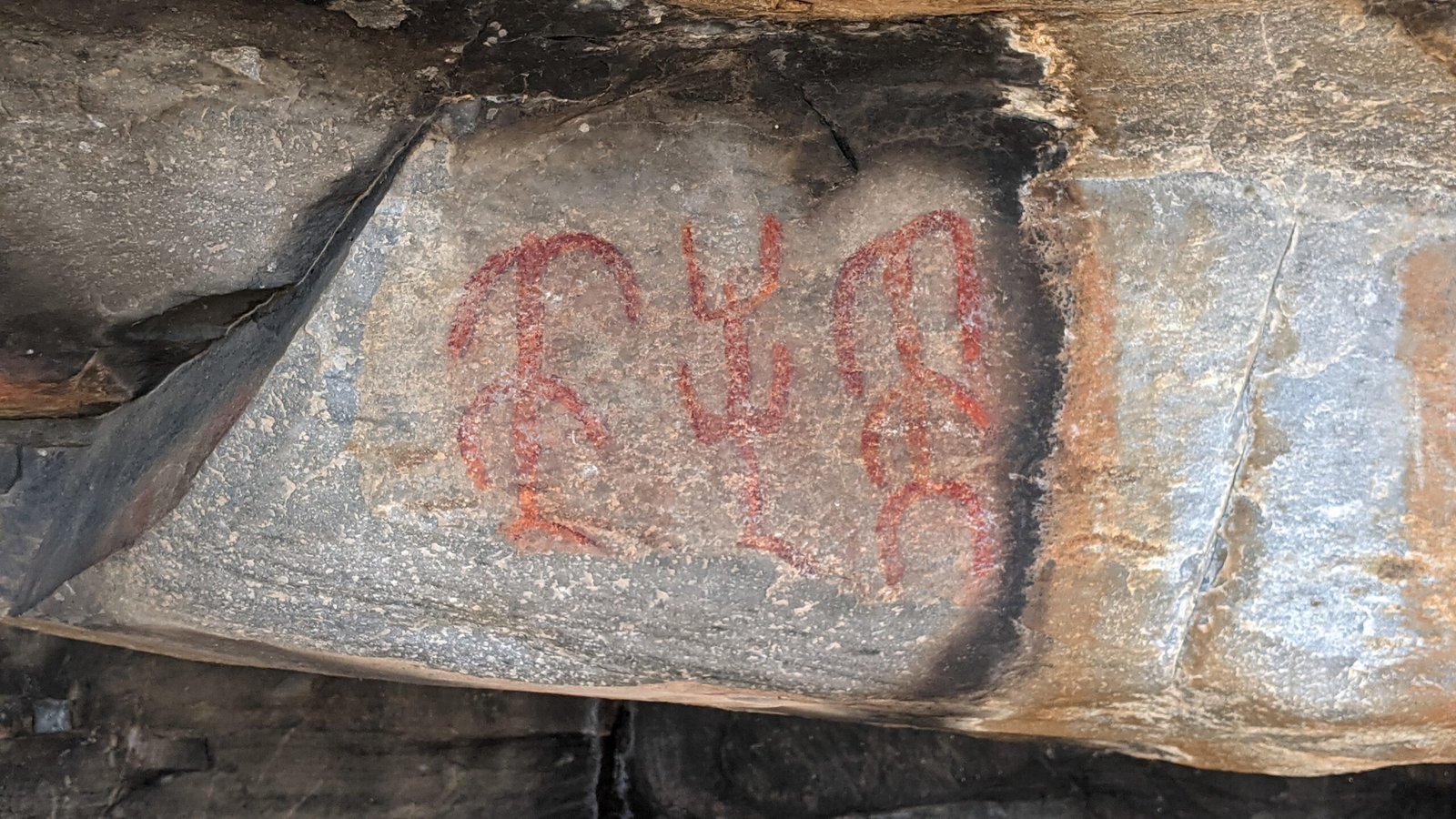There is a huge amount of prehistoric art in Portugal, including carved or engraved rocks (Portuguese: gravuras rupestres) as well as paintings (pinturas rupestres).
The most famous prehistoric art is the UNESCO World Heritage site of the Côa Valley, with open-air rock engravings dating back over 20 thousand years ago. The cave of Escoural has painted artwork that goes back to the Paleolithic period, some of the oldest in Europe. The famous painted dolmen of Antelas is a rare example of painting within a megalithic tomb.
There are many more sites, some visitable and some not, and more are also being discovered through the present day! In addition, there are smaller art objects which are displayed in museums around the country.
Use the map to the right to search for specific sites (highlighted map markers indicate sites that are described on this website), or browse through the entries below. More posts are added as they get visited!
-
Anta Pintada de Antelas
ALSO KNOWN AS: Dólmen de Antelas, or in English: the painted dolmen of Antelas On a small dirt road, in the deep interior of central Portugal, rises a small hill. Go around to the back and you find that this is no normal hill: it is an artificial mound. A tumulus, or (in Portuguese) a…
-
Lajedo
A group of stones in the forest show cup (or “cupule”) marks (the Portuguese term is covinhas, which translates as “dimples”). These are a distinctive prehistoric decoration technique. The carvings are seen on several stones: some are connected by grooves, and others form distinctive alignments or sets. The carvings have been investigated by archaeologists, but…
-
Rock Paintings of Vale de Junco (or Abrigo dos Gaivões)
Protected by the overhanging rock, the red stains stand out. Even after five thousand years, the shapes and designs can still be made out. What their significance is, we can only guess. Some depict people, others animals, while others are abstract symbols. One panel shows groups of lines: were these ancient people keeping count of…



